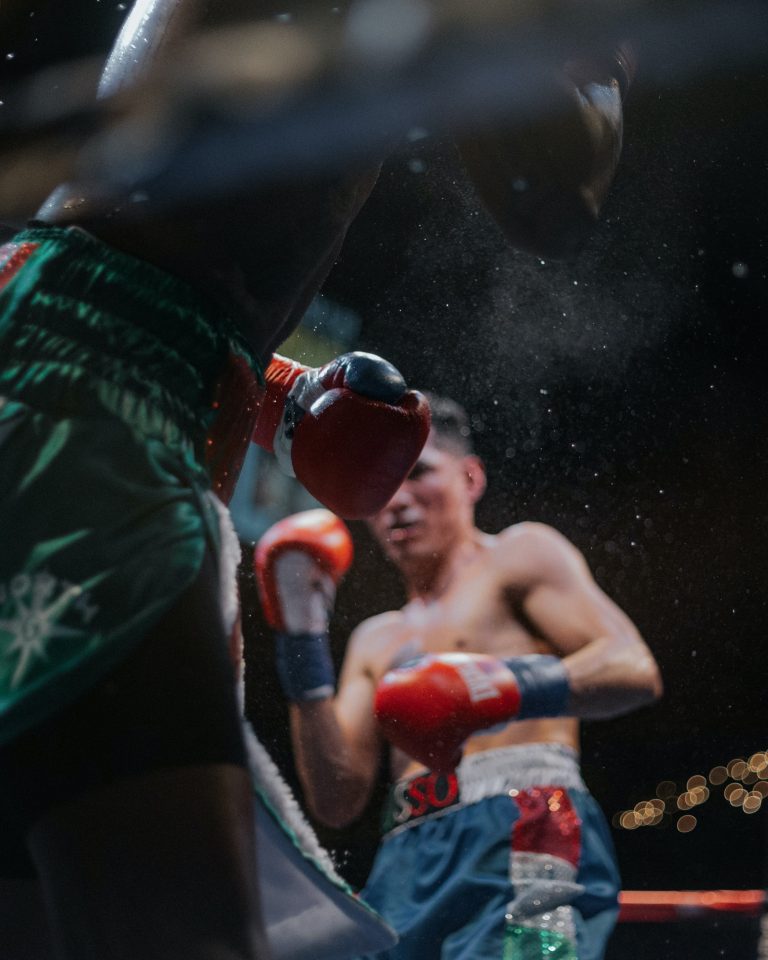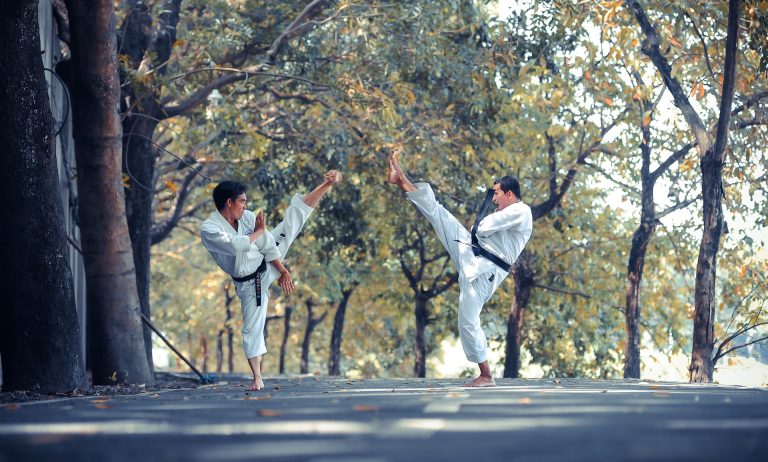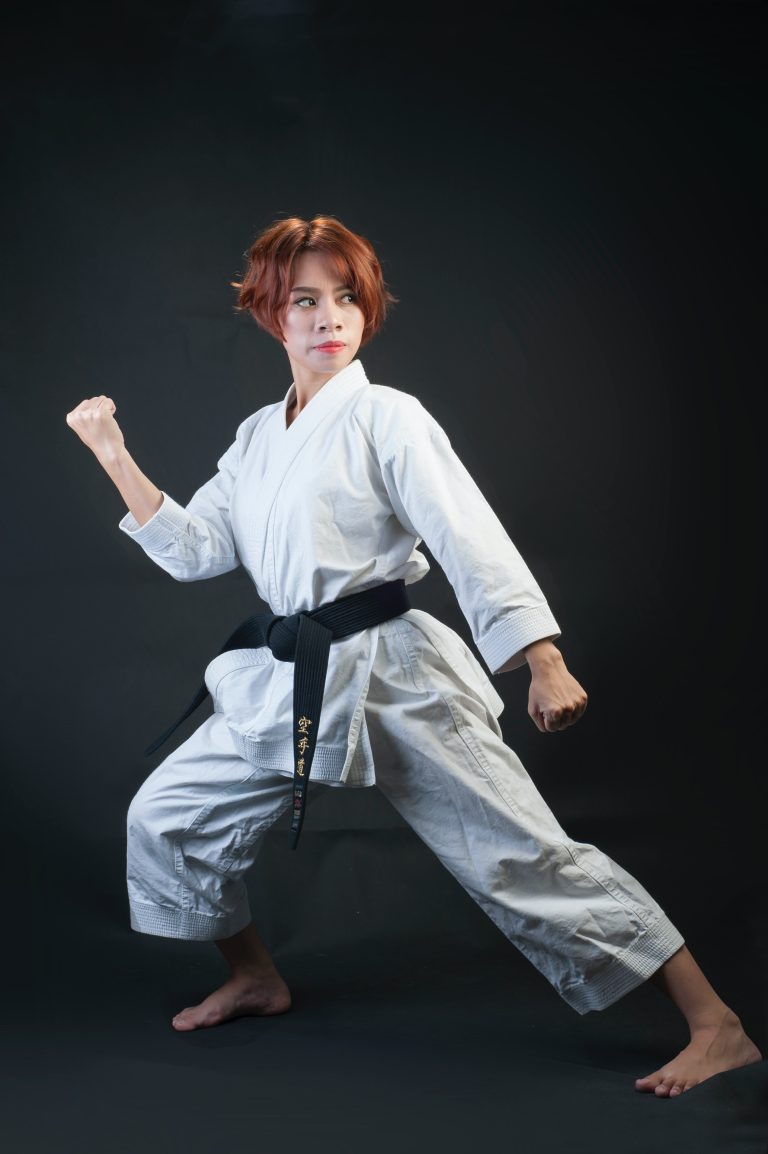What is the Difference Between Karate and Taekwondo?
Karate and Taekwondo are both martial arts styles of fighting and self-defense, but there can be confusion due to the similarities in their origins and techniques. Both styles are derived from traditional Japanese and Korean martial arts, and their competitive rules and techniques can easily be mixed up. In this blog post, we’ll look at the history and philosophy behind these two martial arts, as well as the fundamental differences in their techniques that can make them easy to tell apart.
History and Philosophy – Similar Beginnings
Karate andTaekwondo share a lot of similarities in their history and philosophy. Karate was first developed on the island of Okinawa as a form of unarmed combat by combining influences from China, Japan, Okinawa, and even India. Karate’s philosophy is rooted in Buddhist and Confucian philosophies, which are principles designed to cultivate moral behavior and physical health. The founder of modern-day karate was Gichin Funakoshi, a teacher who popularized the style in Japan during the early 20th century.
Taekwondo also comes from traditional Korean martial arts which were created over 2,000 years ago. Its founder, Choi Hong Hi, began his work in Korea during the 1940s and made Taekwondo renowned throughout the world in the decades that followed. Like Karate, Taekwondo is based upon a philosophical code of respect, discipline, and self-improvement. In addition, the sport is strongly linked to Confucian values such as loyalty, filial piety, and respect for elders.
Key Physical Differences in Karate and Taekwondo Techniques
Despite their common beginnings, there are some distinct differences between Karate and Taekwondo. These differences come down to the physical techniques and approach each style takes to self-defense. Generally speaking, Karate is a striking art while Taekwondo has an emphasis on kicking.
Karate
In Karate, the primary focus is on powerful strikes with arms, hands, elbows, knees and sometimes feet. As this is a hand-to-hand system it takes great focus on accuracy and positioning of the hands and body to avoid being counter-attacked by an opponent or defending against striking or other hand techniques. Karate also emphasizes mental discipline through meditation techniques that help cultivate stronger mental focus for attacking successfully.
Taekwondo
Taekwondo is known for its powerful thrusting kicks which could target various areas such as an opponent’s head or abdomen for maximum effect. The focus of Taekwondo is to land a strike at long range before the opponent can counter with their own kick or strike. This distance tactic can be extremely effective when used correctly as it requires less energy to complete a kick than it does to complete a punch or any other hand technique.
Which One Should You Choose?
When it comes to deciding which martial arts style is best for you, there are many factors to consider such as self-defense capability, intensity level of workout involved, time commitment required, availability of training centers etc. Choosing between Karate and Taekwondo depends largely on your own personal preference and what you would like to get out of the martial arts class. Ultimately, both styles bring different strengths to the table and could make excellent additions to any self-defense strategy.
Conclusion
Karate and Taekwondo have much in common in terms of their origin and philosophy but have very different physical techniques that must be mastered for effective self-defense. Karate focuses mainly on hand strikes while Taekwondo emphasizes powerful kicks. Ultimately, when choosing between these two martial arts styles it’s important to consider what you hope to gain in terms of personal experience as well as any physical benefits derived from the style.
What is the Difference Between Karate and Taekwondo?
Karate and Taekwondo are two martial arts that are often confused with each other. Both originate from Asian countries, but they have distinct differences in their techniques, training methods, and philosophies. In this blog post, we will explore the differences between Karate and Taekwondo and help you understand which one may be the right martial art for you.
Origins of Karate and Taekwondo
Karate originated in Okinawa, Japan, during the 19th century. It was developed by combining the local Okinawan martial arts with Chinese martial arts styles. The word „Karate“ means „empty hand,“ which refers to the fact that karate practitioners do not use weapons.
On the other hand, Taekwondo was developed in Korea in the mid-20th century. It was influenced by several martial arts, including Karate, Chinese martial arts, and indigenous Korean martial arts. The word „Taekwondo“ means „the way of the foot and the fist,“ which refers to the fact that Taekwondo practitioners use both their hands and feet in combat.
Techniques Used in Karate and Taekwondo
Karate and Taekwondo have different techniques that are used in combat. In Karate, practitioners typically focus on powerful strikes using their hands, fists, knees, and feet. Punches and strikes are delivered with a straight, direct technique. There are several different types of Karate, such as Shotokan, Goju-Ryu, and Shito-Ryu, each with their distinct techniques and training methods.
Taekwondo practitioners, on the other hand, focus on high kicks and fast, spinning kicks that require a lot of flexibility and technique. Taekwondo kicks are generally delivered with a snap, which means the technique is broken down into several separate movements.
Training Methods in Karate and Taekwondo
Karate and Taekwondo have different approaches to training, too. In Karate, training often focuses on personal development, self-defense, and discipline. This is reflected in the traditional katas (forms) that Karate practitioners learn, which are a series of choreographed movements that simulate combat scenarios.
Additionally, Karate training often involves sparring, in which practitioners practice their techniques in a controlled setting against a partner. Karate students also train with padded equipment such as punching bags and focus pads to improve their striking power.
Taekwondo, on the other hand, places a strong emphasis on physical fitness, flexibility, and agility. Training often involves intensive workouts such as plyometric exercises, jumping exercises, and running drills. Taekwondo practitioners also practice their techniques on padded targets to improve their accuracy.
Sparring is another important part of Taekwondo training, but it typically involves a more athletic and acrobatic style than Karate sparring. Taekwondo practitioners are encouraged to perform flying kicks and other aerial maneuvers to gain points in sparring competitions.
Philosophies in Karate and Taekwondo
Karate and Taekwondo also have different philosophies that guide their training and practice. Karate places a strong emphasis on personal development, self-discipline, and humility. Karate practitioners strive to achieve mental and physical balance, which is reflected in the practice of kata and meditation.
Taekwondo is often associated with Olympic-style sparring and competition, but it also has a strong focus on personal development and self-improvement. Taekwondo practitioners strive to achieve physical fitness, flexibility, and agility, but they also learn the importance of respect, discipline, and honor.
Choosing the Right Martial Art for You
Choosing between Karate and Taekwondo really comes down to personal preference and goals. If you’re interested in developing a strong foundation in striking techniques and traditional forms, Karate may be the right martial art for you.
If you’re looking to improve your physical fitness, flexibility, and agility and aren’t afraid to perform acrobatic kicks, Taekwondo may be the better choice. Additionally, if you’re interested in competing in Olympic-style sparring competitions, Taekwondo may be the martial art for you.
Conclusion
Karate and Taekwondo are two martial arts with unique differences in their origins, techniques, training methods, and philosophies. Both martial arts have their own strengths and weaknesses, and choosing the right one for you depends on your personal goals and preferences. Whether you choose Karate or Taekwondo, both martial arts offer excellent opportunities for personal development, self-defense, and physical fitness.
Inhaltsverzeichnis






